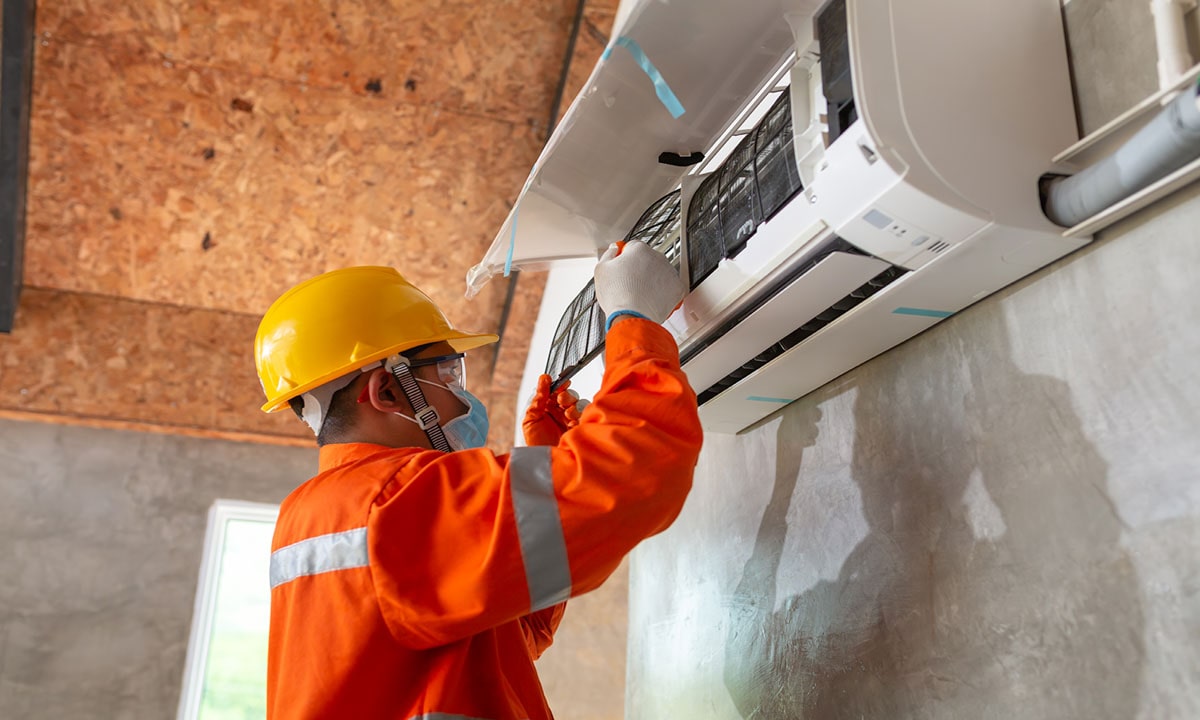A new AC installation can be costly for your customers. As an HVAC technician, it’s important to know what factors go into the cost of a replacement. Your customer may ask for a breakdown of the cost, so it’s essential to explain it thoroughly to them. Here are the essential elements of an AC installation that will determine the price of a new unit.
Labor
A new AC installation is complex. High-voltage wiring will be installed, along with new circuit breakers, and possibly a new duct system. Technicians and contractors are qualified to ensure that the most appropriate AC size is installed and that the entire system is dependable and efficient. For labor alone, homeowners should expect to pay a few hundred dollars, and even more, if there is a duct installation.
Ductwork and Vents
As mentioned briefly above, a new ductwork installation or duct replacement will increase the cost of a new AC. The ductwork is one of the most intensive parts of an AC installation, and can vary depending upon:
- The size of the space
- The amount of ductwork needed
- The complexity or simplicity of ductwork
- The material used for ductwork
- The difficulty accompanied by the ductwork installation
Size of Home
Square footage of your customer’s home is a strong indicator of which AC unit size they will need. The size of an AC unit is dependent upon how much heat a model can extract from a home. Therefore, the bigger the home, the bigger a system they’ll need to heat and cool it adequately.
Type of AC System
Air conditioning systems come in a wide range of sizes, options, cooling capabilities, and energy-efficiency ratings. The most common systems are split systems, hybrid systems, duct-free systems, and packaged heating and air systems. The cost of these can differ depending on the different components and options that each system offers. In addition, each system comes with its own product and installation costs.
SEER Rating
Among the most critical factors determining the cost of an AC system is the Seasonal Energy Efficiency Ratio (SEER). This number accounts for the cooling output if a unit and the total energy output during a season. A higher SEER rating means a more energy-efficient unit. This also means a higher cost for the unit; however, it is less expensive to operate because of its energy-efficiency. As a result, your customer will be paying a high price for the unit, but they will be paying less for their energy bills.
Accessories
Individual add-ons or accessories can make a new AC run more efficiently; however, they come with more costs. For example, your customer might need a new or updated thermostat to complement their new AC. Or, you might recommend an electronic air cleaner that can help enhance air quality inside their home.



